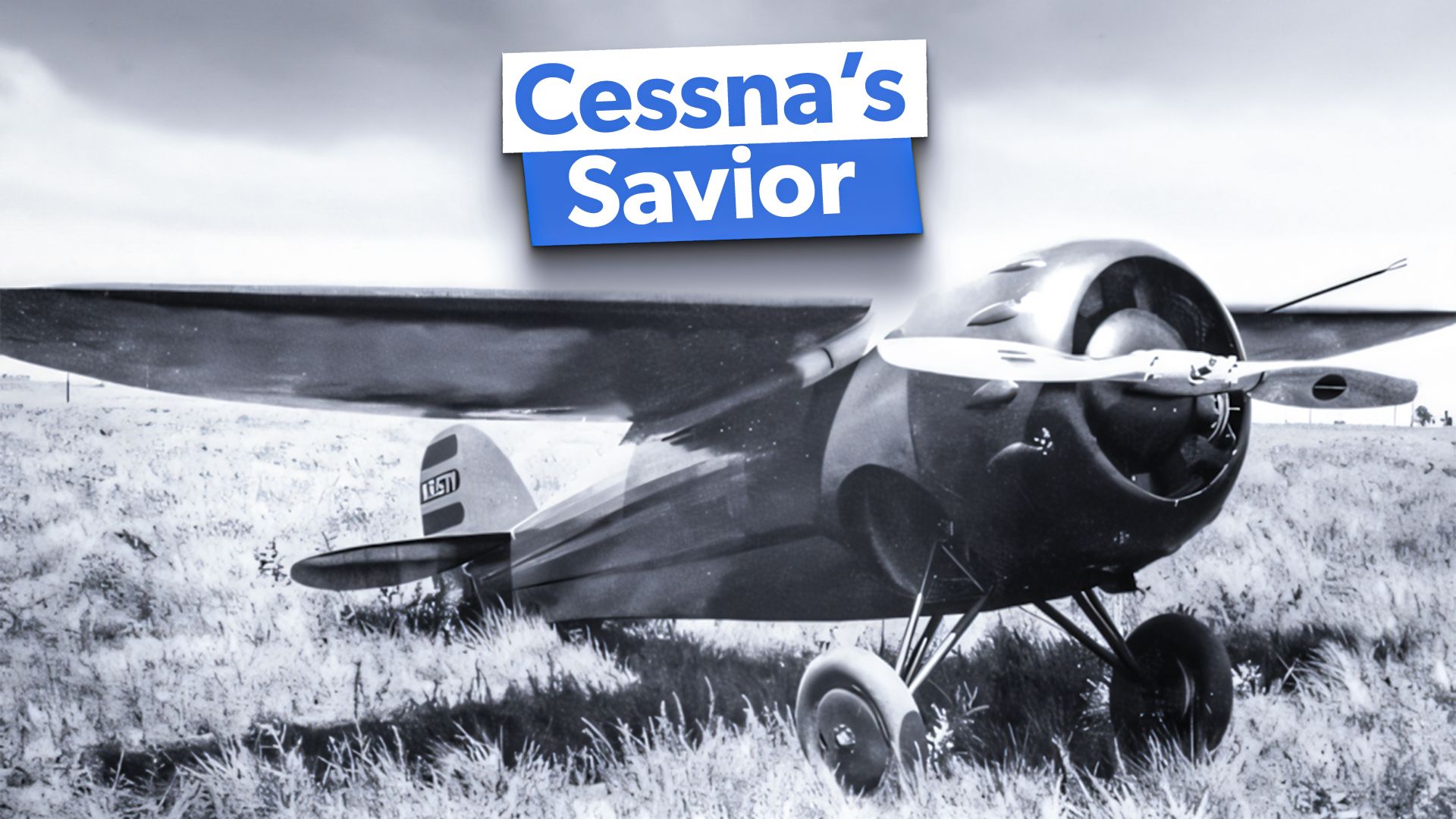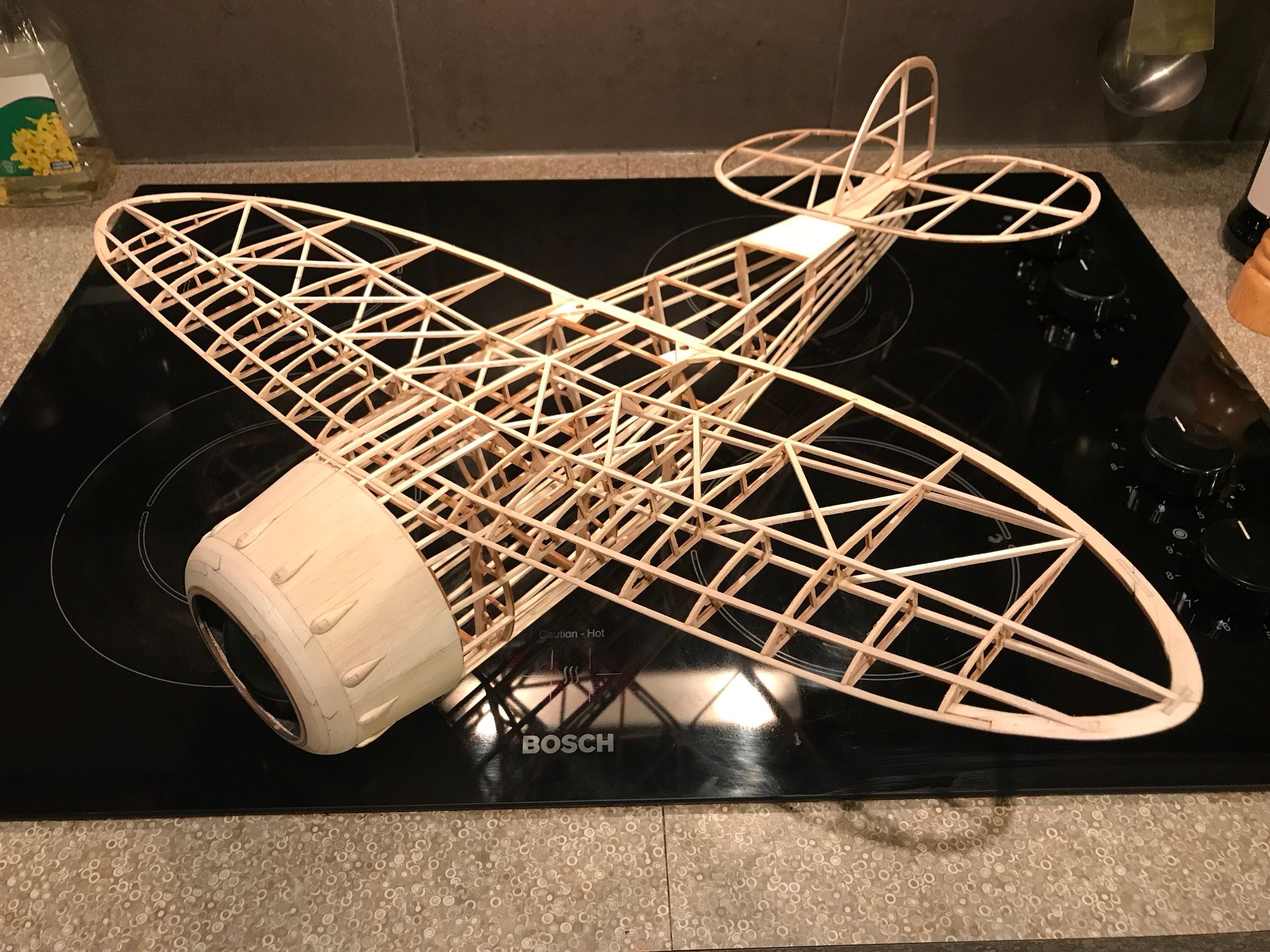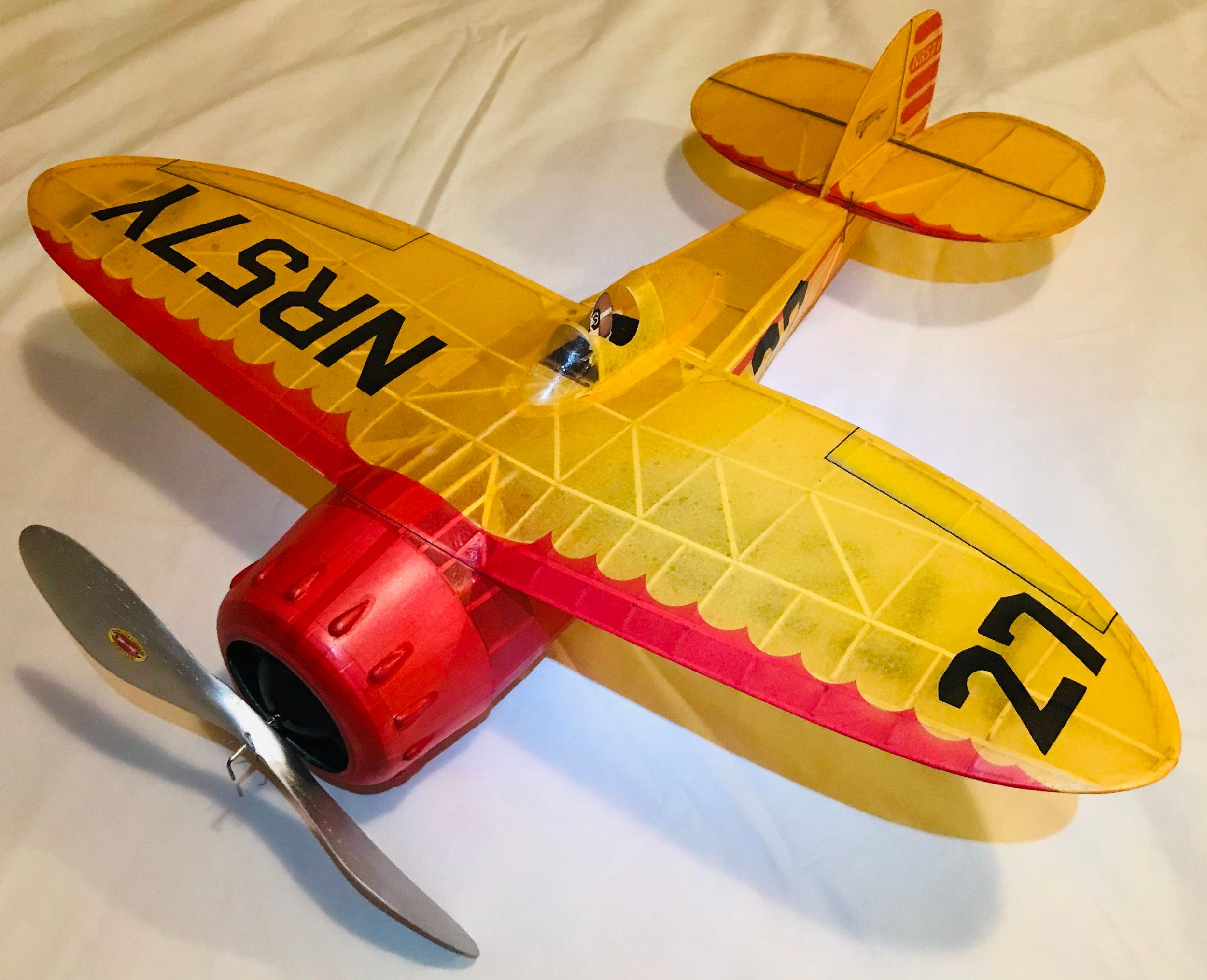Summary
- Cessna CR-3 won every event it raced in, setting records, putting small company on the map.
- Cessna CR-3 had short-lived 61-day career, outperforming CR-2 at various races.
- Cessna CR-3 crashed due to gear failure on August 1, 1933, after contributing to the company’s legacy.
The Cessna CR-3 was a racing aircraft designed and developed by Cessna as part of the CR series. It was the follow-on aircraft of the CR-1 and CR-2 that competed in National Air Races. The manufacturer rolled out the CR-3 out of the shop on June 2, 1933, and it performed its first flight on June 11.
Soon after the successful first flight, the only-built CR-3 began its racing career. It took part in several races and won every racing event it competed in. The Cessna CR-3 crashed in August 1933, and lasted only 61 days. In its short lifespan, the CR-3 brought the small Wichita-based company on the map.
Cessna CR-3 racer
- Length: 17 ft (5.2 m)
- Wingspan: 18 ft 5 in (5.61 m)
- Height: 4 ft 6 in (1.37 m)
- Empty weight: 750 lb (340 kg)
- Powerplant: 1 × Warner Super Scarab Radial, 145 hp (108 kW)
- Maximum speed: 222 kn (255 mph, 410 km/h) demonstrated
- Stall speed: 56 kn (65 mph, 105 km/h)
The CR-3 was a shoulder-wing design racer with a radial engine and a manual retractable landing gear. The aircraft also featured a tail skid, enabling support on the ground. The neutral tail surface did not have any downforce during flight. Johnny Livingston ordered the only-built Cessna CR-3 after he saw the performance of the CR-2 during a racing event.
Photo: Hummingbird Model Products
During several of his races, Livingston finished second behind the Cessna CR-2, understanding the capabilities of the aircraft. As a result, Johnny commissioned Cessna to build him a new and improved version of the CR-2 for his races.
Cessna CR-3 racing records
During its short lifespan of 61 days, the Cessna CR-3 participated in several racers. Whether competing with its predecessor, the CR-2, or other aircraft, the CR-3 won every event it participated in.
- First place: Omaha Air Races at Omaha, Nebraska, June 17, 1933.
- First place: Minneapolis Air Races in Minneapolis, Minnesota, June 24, 1933.
- Baby Ruth Trophy winner: American Air Races at Chicago, Illinois, July 1, 1933: The CR-3 first raced against Cessna CR-2 at these races. The CR-3 won the trophy at a speed of 201.42 mph (324.35 km/h). It also set a world speed record for aircraft with engines of under 500 cubic inches (8.2 liters′) capacity at 237.4 mph (382.3 km/h).
- First place: Aero Digest Trophy, July 4, 1933.
Johnny Livingston, one of the fastest air racers of the early 1930s, flew the CR-3 at various race events. Between 1928 and 1931, Livingston held a record of 79 first-place wins, 43 second-place wins, and 15 third-place wins.
At the Omaha Air Races in June 1933, Johnny Livingston competed with his brand-new Cessna CR-3 and finished in first place. He defeated Howard’s popular “Mike” in the race. A week later, during the Minneapolis Air Races on June 24, 1933, Livingston again defeated Howard’s popular “Mike” with his CR-3.
Photo: Hummingbird Model Products
Cessna added the wheel covers to the landing gear system to provide a streamlined flow of air to the retracted gear. Moreover, a smaller aerodynamic windscreen headrest replaced the large canopy in preparation for the Chicago Air Races in July. The much-anticipated event took place from July 1 to 5, 1933.
On July 3, the CR-3 became the winner of the Baby Ruth 500 cid Free-For-All Trophy Race, defeating its predecessor, CR-2, by a narrow margin. Aero Aces records that the CR-3 finished before several famous racers, including Howard’s “Ike,” Folkert’s SK-1, Howard’s “Pete,” and Johnny’s old #14 Monocoupe.
The following day, July 4th, the CR-3 became the winner of the Aero Digest Trophy Race. Johnny Livingston set a new world record of 206.43 knots (237.4 mph) for aircraft with engines smaller than 500 cid. The racer recorded a maximum speed of 210.43 knots (242 mph) during the four-speed runs. Following the Chicago races, Johnny Livington performed at various events and air shows in Indianapolis, Milwaukee, Peoria, and Detroit.
The CR-3 crash
On August 1st, 1933, en route to an air show from Detroit to Columbus, the tail skid and one landing gear failed to lock in place due to the failure of the gear weld. Johnny Livington bailed out from the CR-3 over Columbus, leaving his trusty little racer to crash.
The fastest and the most popular of Cessna racers, the CR-3, lived a short life of 61 days. The CR-3 brought Cessna on the map, the company that would go on to make some of the most popular civil aviation aircraft.



